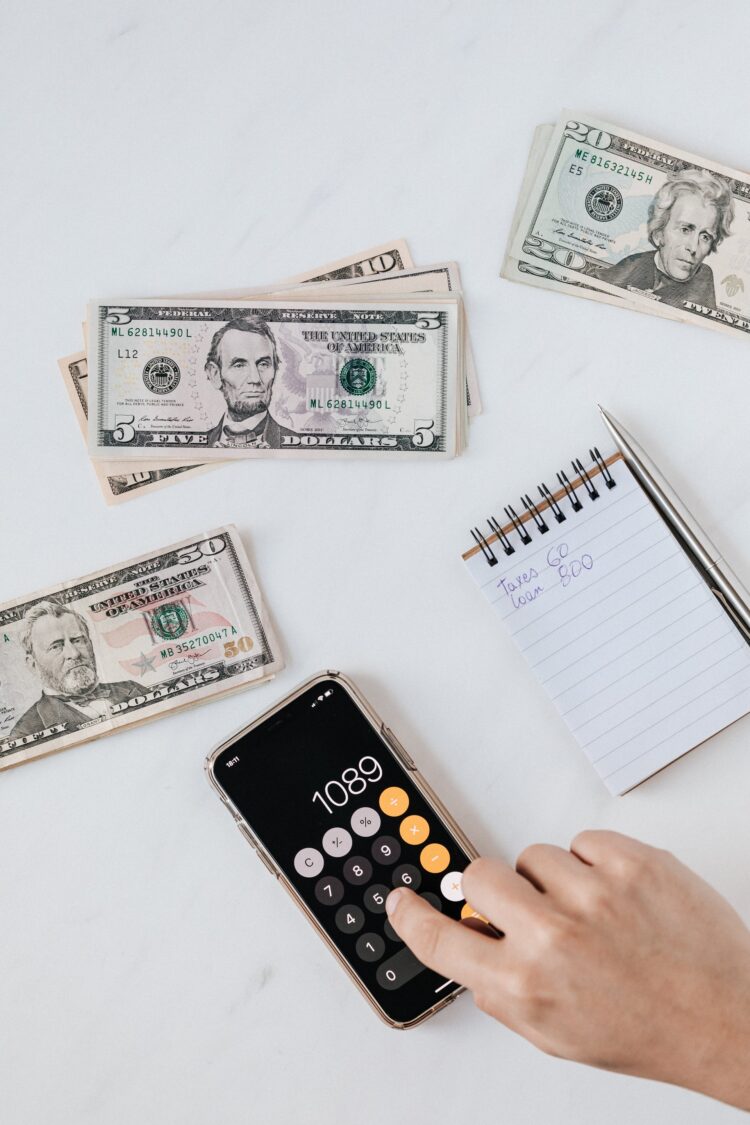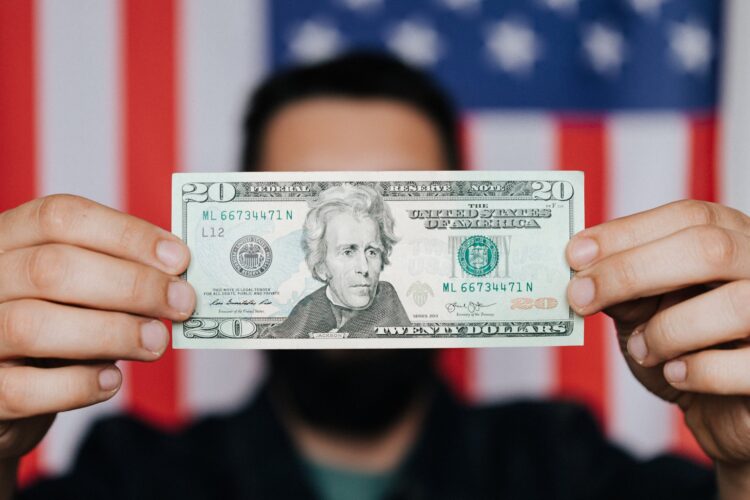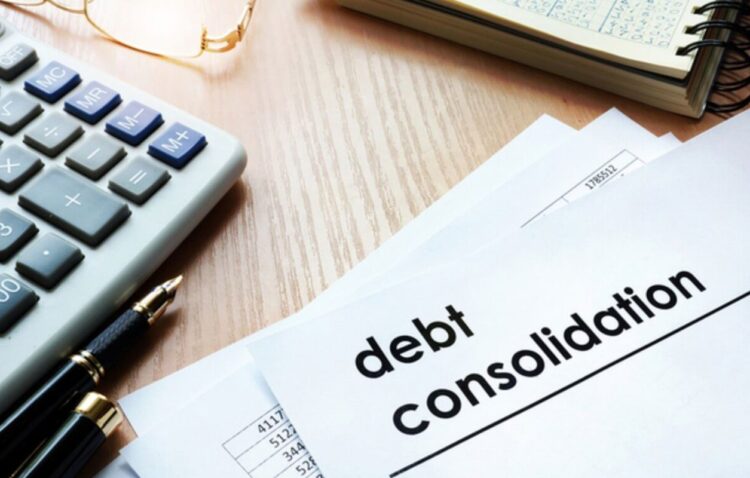The road out of debt can be a long and complicated one. There are plenty of pitfalls, and you need to be sure-footed to recover from a bad financial situation.
As you begin your journey toward debt freedom, be sure to avoid these common mistakes. They can be costly and set you back in your efforts. There may be a better way than you planned. Do your research and find a better solution that works for you.
Trying to Get Out of Debt Alone

When you’re carrying balances from month-to-month, making minimum payments, and struggling to get by, getting out of debt is going to be a challenge. It will take time, and you will wind up paying considerably due to interest charges.
To see how long it will take you to pay back your debts without any assistance, use a loan calculator on each of your accounts. This can allow you to see how much you have to pay each month to settle the debt on your desired timeline. If you can’t afford to make payments that high, it’s time to reach out for help.
One avenue to explore is working with a licensed insolvency trustee. They can administer one of two debt relief tools: a consumer proposal or a bankruptcy. The bankruptcy process provides you with a fresh start on your finances. If you’re worried about giving up assets, talk to a licensed insolvency trustee about which assets are exempt from bankruptcy where you live.
Alternatively, you can seek out a consumer proposal. This will reduce the total amount you have to pay and stop interest charges. Without affecting any of your assets, you can make a single monthly payment to your creditors. According to licensed insolvency trustees Debt Help BC, in some cases, debtors only wind up having to pay 20 to 30 percent of their original debts.
Not Changing Your Spending Habits

If over-spending got you into debt in the first place, that’s the first habit you have to change. There are plenty of reasons people end up in debt, including student loans, medical emergencies, etc. But over-spending remains a common problem. In fact, an estimated 6% of people are compulsive shoppers. If shopping consumes much of your time or gives you a satisfying feeling or rush, this might be you.
Even if you aren’t a compulsive spender, it’s easy to go over-budget each month given how simple it is to qualify for a credit card. Credit cards mean you don’t have to wait until you’ve saved enough to buy something. But waiting is one of the most effective ways to change the way you spend. Try the 30-day method. When you want to buy something, make yourself wait 30 days and see if you still want it. If you do and you can afford it, go ahead. In many cases, you’ll come back to it and realize you can live without it.
Making an Unrealistic Budget

In order to get out of debt sooner, you have to make bigger payments to bring down the principal. If you were relying on credit cards to get by, increasing the amount you pay back each month can be a tall order. The best tool you have at your disposal by far is a monthly budget. But it has to be realistic.
A realistic budget accounts for financial needs like housing, food, insurance, etc., and gives you room to make payments on your debt. You may need to eliminate certain spending areas such as subscriptions, shopping trips, or dining out. You can save on certain essentials, such as food and new clothing, by finding sales or lower-cost retailers than what you’re used to buying.
If your budget isn’t realistic, you’ll quickly stop adhering to it, and then you’ll be off-track. Make sure your goals are ambitious but attainable.
Not Checking Your Credit Report

Your credit report is how lenders evaluate the risk of making credit available to you. They use it to determine if you qualify for the loan and the interest rates that they can offer you. The better your credit report, the more likely you are to get preferential interest rates. Every time you apply for an auto loan, a personal loan, a new credit card, a lease, or even a phone plan, there’s an inquiry made on your report.
You can check your own credit report for free with credit bureaus like Equifax and TransUnion. When you see for yourself what lenders look at, you can see how you’re doing. It will show you information like your credit utilization rate (how much of your available limits you’re using), how many inquiries into your credit there have been, and a history of monthly payments on every credit account you have.
Paying Every Debt at Once

Are you spreading your payments around trying to make headway on multiple debts? You’re only making yourself pay more and for longer. Interest rates keep those accounts growing. Eliminating the principal of one debt early on is cheaper in the long run.
You will have to keep up with minimum payments on all of your accounts to avoid penalties or seeing the account go to collections, but you should focus on one account at a time by making bigger payments and reducing the principal.
There are two ways to decide which debt to start with. If you need a quick win to feel motivated to continue, pick the smallest debt you have and get rid of it, continuing until you only have your largest debt left. The other method is designed to save you as much money as possible: pay off the loan with the highest interest rates first.
Make debt your priority. Avoid these mistakes, and you’ll be able to tackle your debts smarter and sooner. Don’t be afraid to get help and use all of the resources at your disposal.
 Hi Boox Popular Magazine 2024
Hi Boox Popular Magazine 2024



